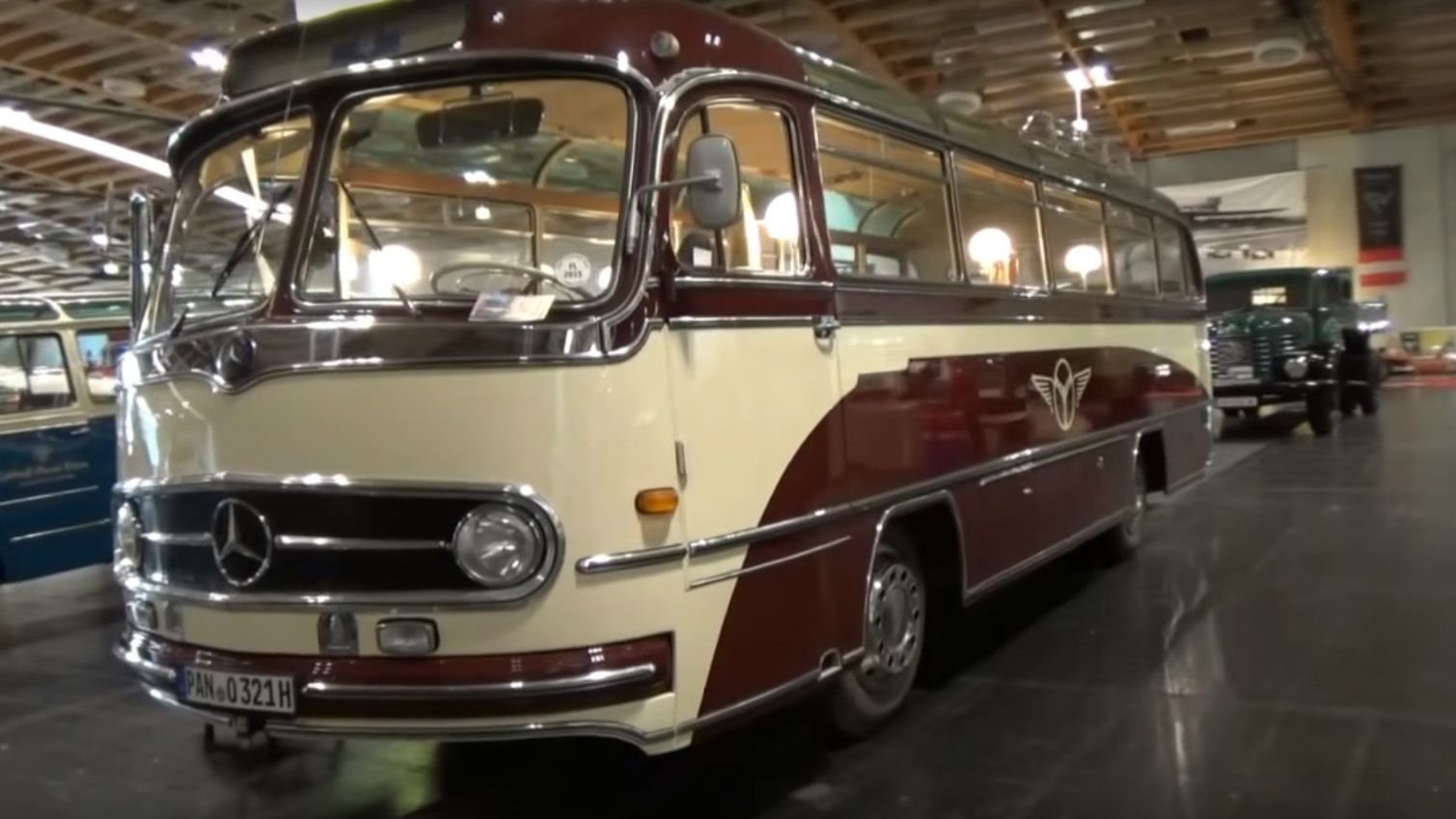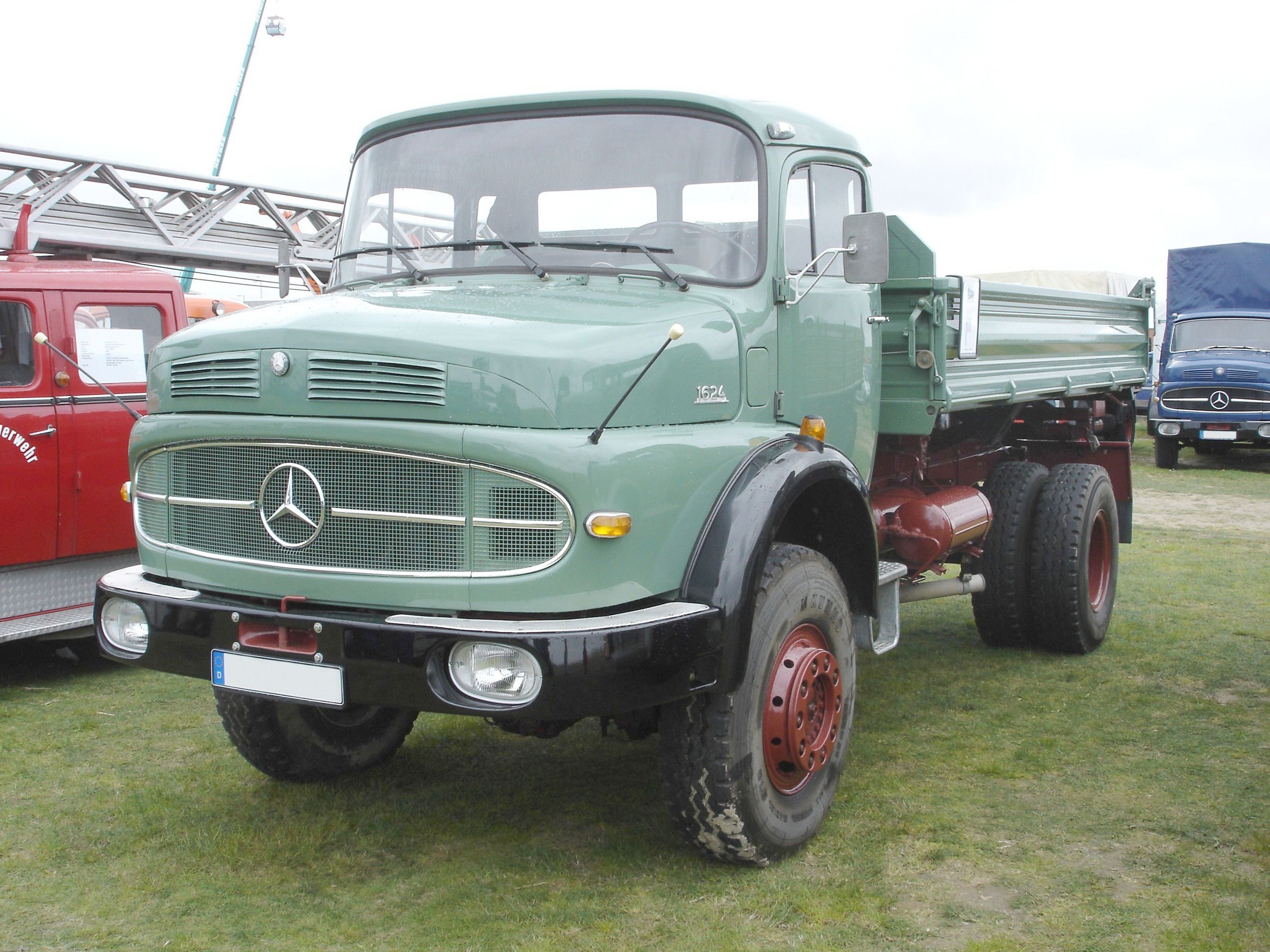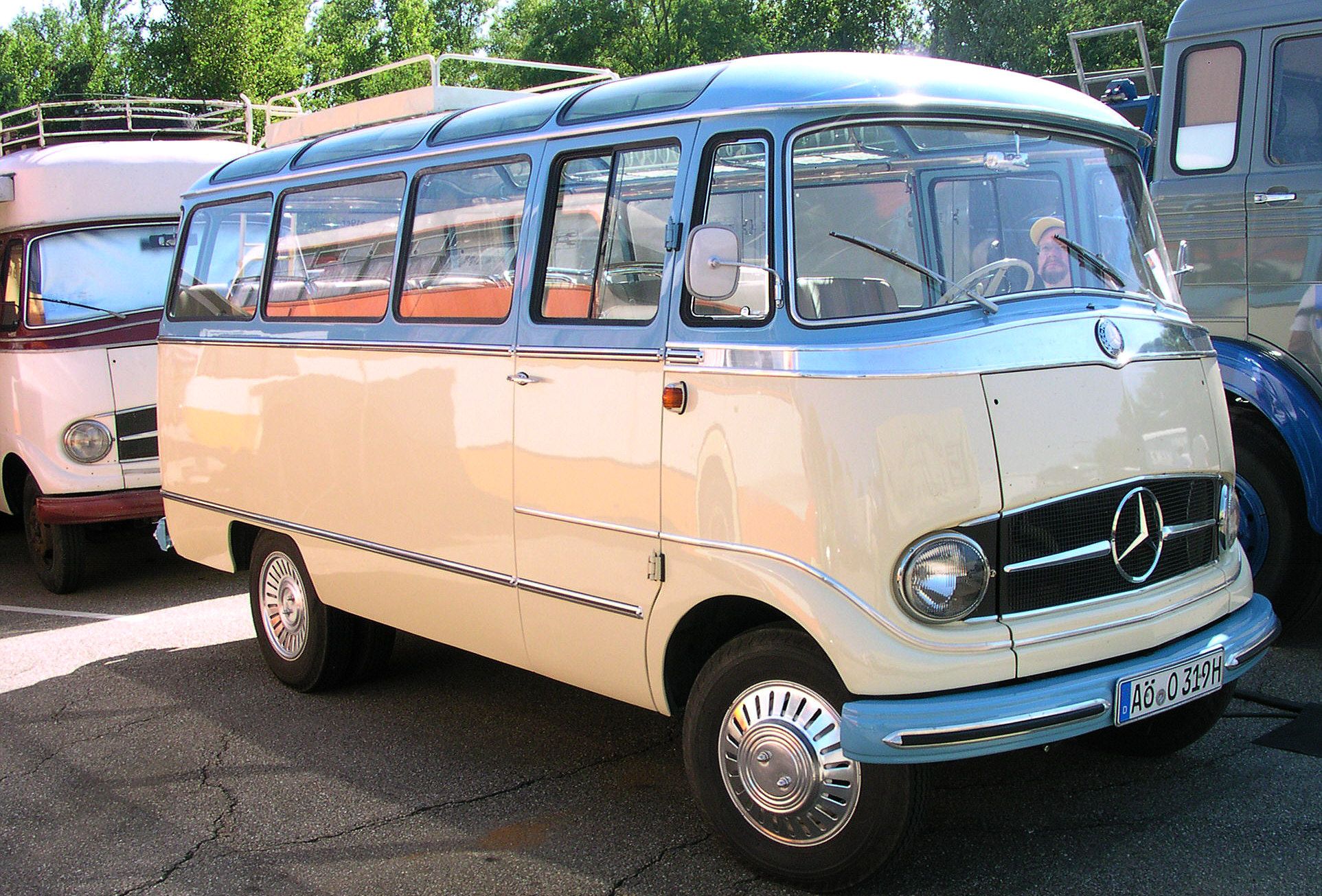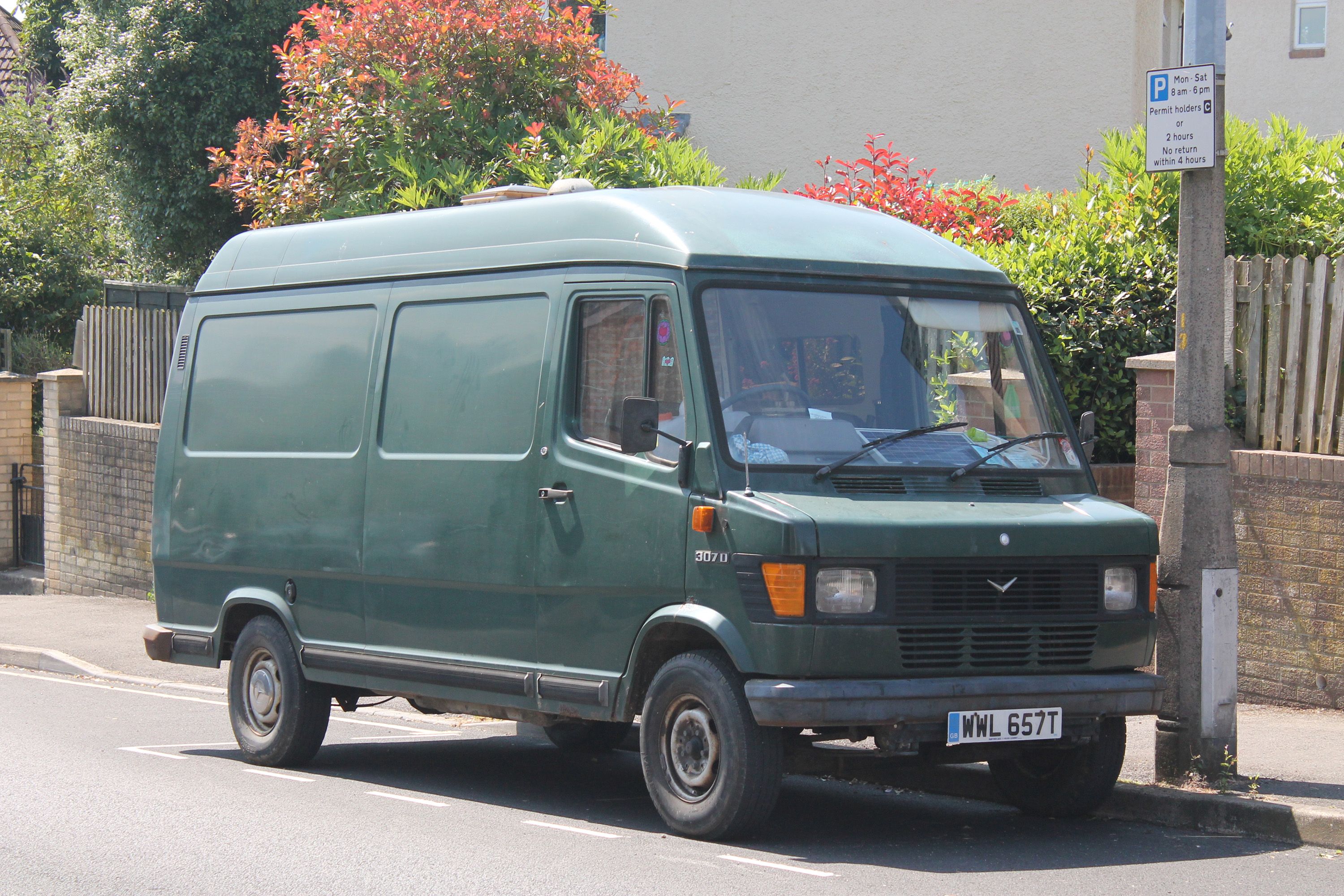Mercedes-Benz just unveiled the X-Class, its first mass-produced pickup truck, and while it may seem weird for a premium company to build a car like this, the German brand is actually a big producer of utility vehicles. And it all started more than 100 years ago!
Long before his company developed into a luxury car manufacturer in the 1930s, Karl Benz actually built buses. He unveiled the world's first motorized bus back in 1895 and actually competed against Gottlieb Daimler, soon to become his partner, in this field, with both exporting vehicles to England and Wales. Daimler and Benz merged into one company in 1926 and the success story of Mercedes-Benz began.
Continue reading for the full story.
Buses
The company's achievements continued in 1951 with its first bus specifically designed for bus operation and not derived from a heavy-duty truck. Three years later, Mercedes unveiled its first semi-integral bus, which brought significant reductions in weight and improvements in stability and body resistance. Called the O321 H, it was also the first to feature coil springs and a rear-mounted engine. Sold in more than 30,000 units in various forms around the world, the O321 H was the best-selling bus of its time and it's still regarded as one of the most iconic bus designs ever.
With factories in Brazil, Argentina, Turkey, and many other countries, Mercedes-Benz rolled a slew of buses of different sizes and uses until the 21st century. From large public transport buses to minibuses, Mercedes-Benz is a popular supplier of people haulers all over the world. Popular models include the Citaro, Cito, O305, Conecto, O404, Vario, and Sprinter, but the list of Mercedes-Benz models is way too long to mention here.
Trucks
By Norbert Schnitzler (Own work) CC-BY-SA-3.0
Mercedes-Benz is also one of the world's leading truck manufacturers. The first truck range was introduced at the 1926 Berlin Motor Show, following the merger between Daimler and Benz, and included three models with payloads of 1.5, 2.5, and five tons. In 1927, the firm launched its first diesel engine, which was received with great enthusiasm and sent sales through the roof. Merc's truck lineup expanded dramatically until the 1944, while 1950 brought the L6600 family, yet another popular model. The Kurzhauber range took over in popularity in the 1960s, backed by a cab-over-engine light range in 1965.
O. Nordsieck at the German language Wikipedia CC-BY-SA-3.0, via Wikimedia Commons
The NG range followed in 1973, with production expanded until 1988. The NG was replaced by the SK in 1989, a model that's still in use in many countries, despite being discontinued in 1998. A new lineup of trucks was introduced in the late 1990s, spearheaded by three important and highly popular models: the light Atego, the mid-sized Axor, and the heavy-duty Actros. The latter is already in its fourth generation. Mercedes-Benz trucks have been used for just about every purpose out there, ranging from transporting goods as a semi-trailer to dump trucks, and armored military support vehicles.
Of course, we can't ignore the Unimog, the multi-purpose, all-wheel-drive small truck that Mercedes-Benz has been producing since 1951.
Vans
By Norbert Schnitzler (Own work) CC-BY-SA-3.0, via Wikimedia Commons
While not as old as the buses and the trucks, the Mercedes-Benz van dates back all the way to 1955, when the L319 was launched. A mid-sized van from 3.5 to 3.9 tonnes, the L319 was offered in a wide range of body styles, including cargo and crew vans, pickup truck, cab chassis, and minibus. Production lasted until 1968, but the vehicle was renamed L405 to L408 starting 1963. The company's first van was replaced by the T2 in 1967. Assembled in six factories on three continents, the T2 became extremely popular and remained in production for nearly three decades, until 1996. Also offered as a cargo and crew van, a pickup, and a minibus, the T2 remains in use a school bus, ambulance, and fire truck in many countries, especially in South America.
By Rudolf Stricker (Own work) CC-BY-SA-3.0, via Wikimedia Commons
Alongside the T2, Mercedes-Benz sold the TN starting 1977. Smaller than the T2, the TN was equally popular and remained in production until 1995, when it was replaced by the legendary Sprinter. An even smaller van, the MB100, was launched in 1981. Also sold as the SsangYong Istana and Daewoo Istana, the MB100 was particularly popular in emerging markets from Eastern Europe, Asia, and South America. It was replaced in 1996 by the Vito.
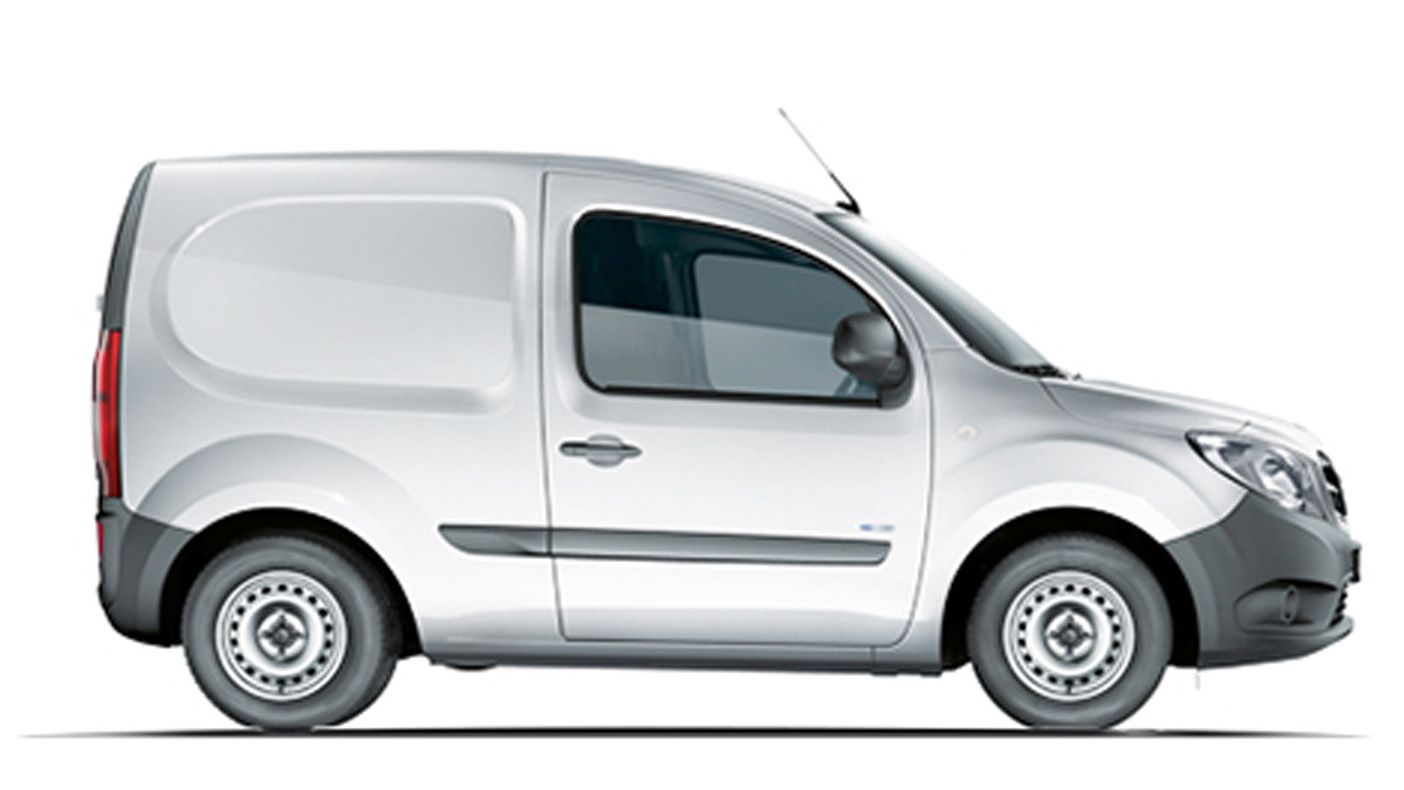
|
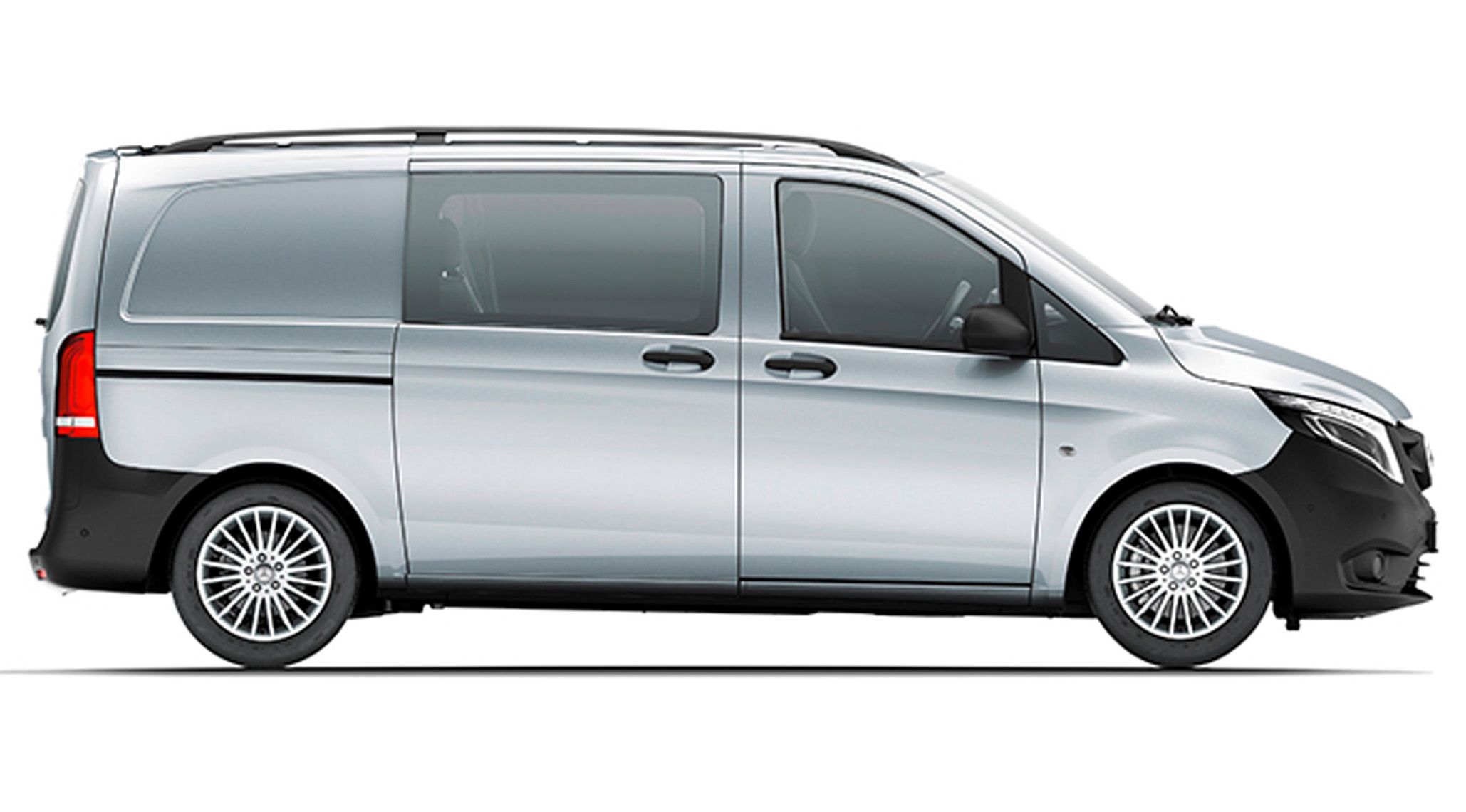
|
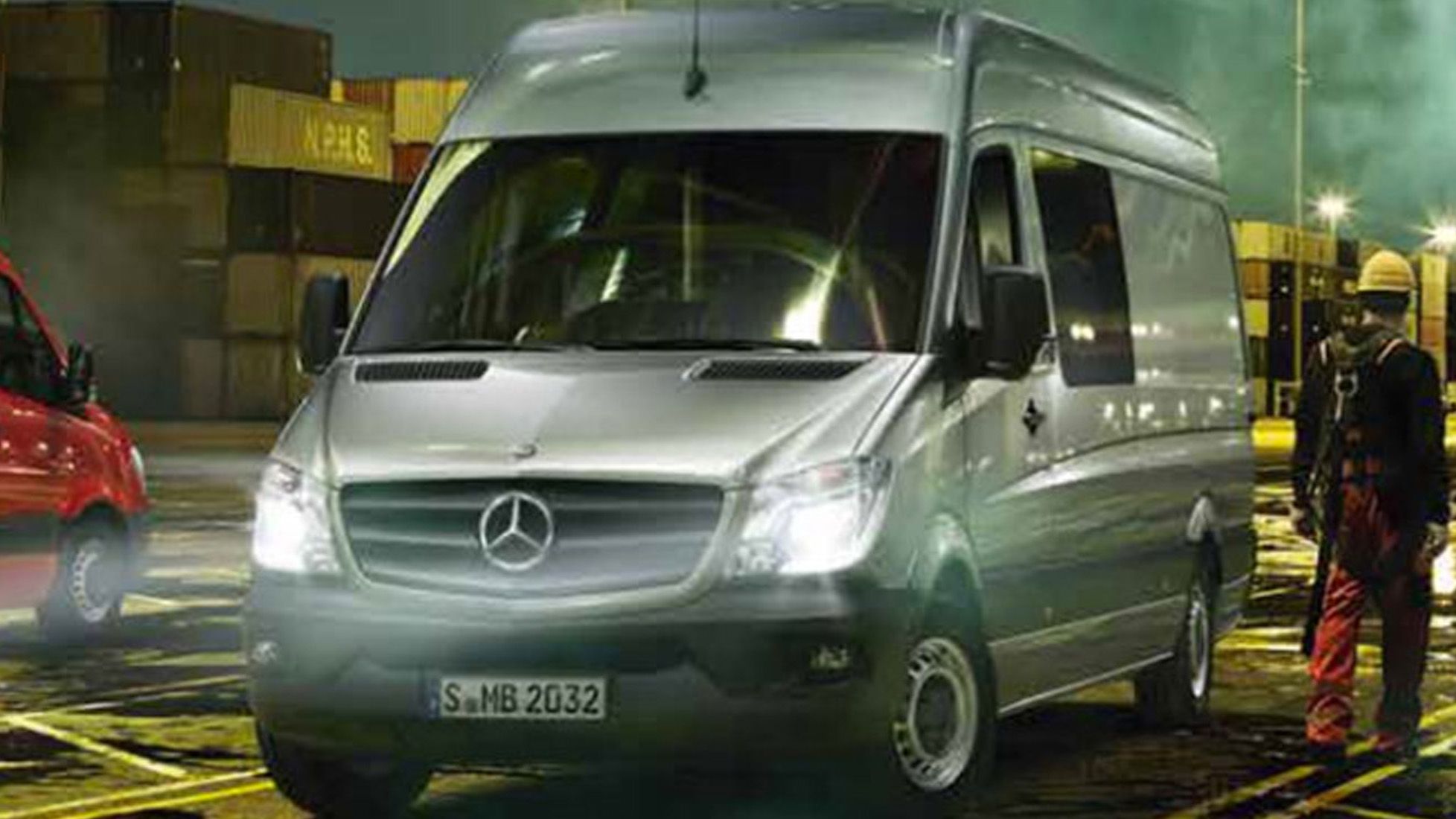
|
|
Mercedes Citan |
Mercedes Vito |
Moving over to the modern range, there are four core models available, starting with the compact Citan. Based on the Renault Kangoo and powered by engines borrowed from the French firm, the Citan is actually a Renault with a Mercedes front fascia. Available since 2012, it replaced the A-Class-based Vaneo, but unlike its predecessor, it's not intended for passenger use only, but it can also be had as a panel van. Next up is the Vito, produced from 1996 as panel van for cargo only. Redesigned in 2003, it uses diesel engines only and it's very popular in emerging markets. A passenger model called the Viano or V-Class has been introduced too, with seating for up to eight passengers and significantly more convenience features. The latest Viano is the only production van that competed in the premium class.
The Sprinter is the largest van sold by Mercedes-Benz in 2017. It replaced the iconic TN in 1995 and it has been redesigned in 2006, and upgraded one more time in 2013. Body styles are as diverse as they get and include four-door van, two-door pickup truck, four-door crew van, and four-door minibus. It's assembled in a variety of countries in Europe, Asia, the Middle-East, South America, and Africa, leading the van market in most of them. The Sprinter was sold in the United States as a rebadged Dodge in the mid-2000s, replacing the aging Ram Van. However, this didn't last long, as Chrysler was purchased by Fiat and the Ram ProMaster was based off the Fiat Ducato.
SUVs
While most modern SUVs aren't exactly utility vehicles, the company's first crossover, the G-Class, was just that in its early years. Developed with Steyr-Puch in the early 1970s, the G-Class was initially envisioned as a military vehicle. Production of the civilian version began in 1979, and unlike the modern G-Class, the early SUV was very spartan. Mercedes upgraded the SUV in 1981 and revised its chassis for 1990. A new update followed in 1997, while 2005 brought the first supercharged AMG model. In 2013, the G-Class also spawned the company's first pickup truck. However, the vehicle was far from conventional due to having a 6x6 wheel layout and a powerful AMG-tuned engine. In 2017, the G-Class became the first SUV to get a Maybach variant as the limited-edition G650 Landaulet.
The company's only SUV for many decades, the G-Class was joined by other haulers in the 1990s. The M-Class was the first to arrive in 1997, followed by the GL-CLass and the R-Class in 2006. The GLK-Class was launched in 2008, while the compact GLA-Class followed in 2013. In 2015, the GLK, M, and GL were renamed the GLC, GLE, and GLS, respectively. The GLE also received a coupe version, with Merc's SUV lineup now including six different models.
X-Class
Although it's not the first pickup truck built by Mercedes-Benz, it's the first mass-produced vehicle of this type. And unlike truck-based pickups from the 1950s and 1960s, it's the first to come with premium appointments. It's definitely a step forward for Mercedes-Benz, which is finally able to compete in the light pickup truck market in both Europe and the United States. On the other hand, while Mercedes built a solid name in the truck and bus business by developing its own designs, the X-Class is the result of a collaboration with the Nissan-Renault Alliance. So technically it's a revised Nissan Navara that will be assembled at Nissan and Renault plants in Europe and South America, and not a clean-sheet Daimler design. Still, it will enhance Mercedes' presence in the utility market and further cement the company's reputation in this field.
Read our review of the 2018 Mercedes X-Class

